Life-saving Leadless Pacemaker Implanted in A 69-year-old Woman
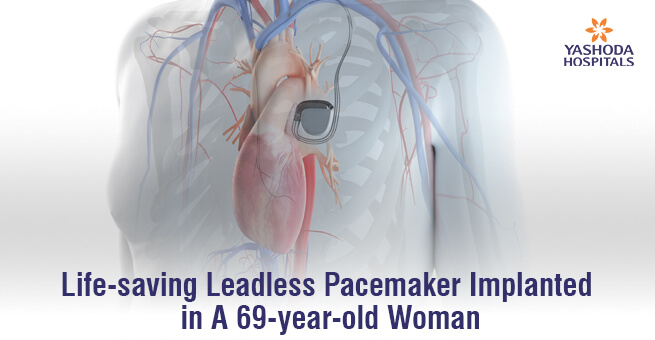
Introduction
A leadless pacemaker is a small self-contained device that is implanted into the heart’s right ventricle. Pacemakers are used to treat patients who have bradyarrhythmias, which are slow heart rhythms caused by a problem with the heart’s conduction system (such as the SA node, AV node or His-Purkinje network).
Background
A 69-year-old pleasant lady was implanted with a permanent pacemaker 3 years ago for her complete heart block, and she returned with low Heart rates of 30/min. Dyspnea, drowsiness, and pedal edema were all present in a critical condition.
Ecg showed no pacing spikes and CHB on evaluation. 12.6 mg/dl S. Creatinine 6.8 mmol S. K
Discussion
A Temporary Emergency Pacemaker was implanted. Her potassium levels were corrected and she was put on dialysis and was stabilized. Despite more than a week of TPI support, she was unable to regain her Sinus Rhythm and remained TPI dependent.
RV Lead was found to be displaced on a CT scan of the chest. We intended to implant a new RV lead, but despite several attempts, we were unable to cannulate the left Subclavian Vein. The left Subclavian and Innominate veins were found to be occluded on an angiogram.


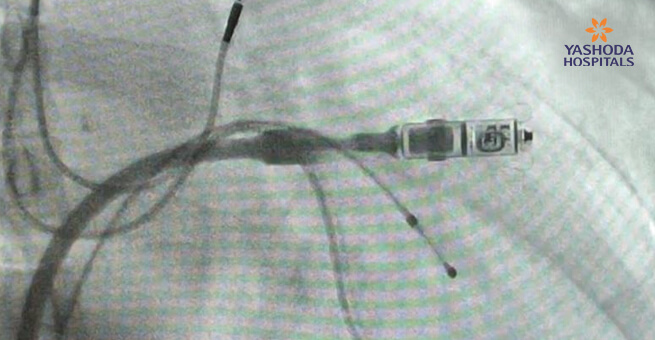
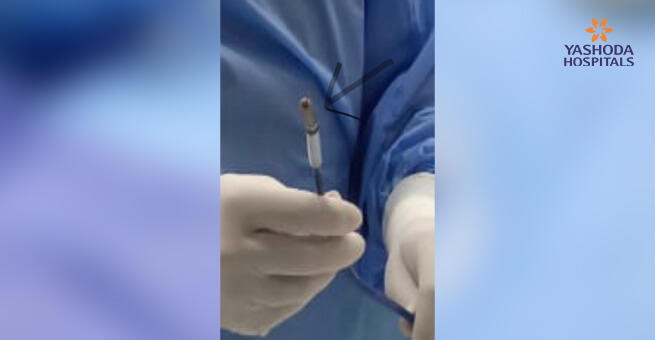
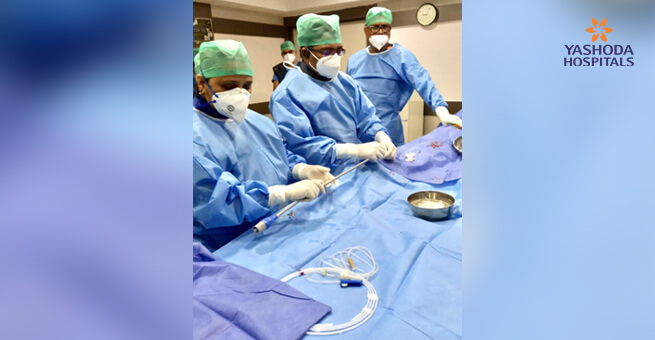
Conclusion
In a suitable patient like this; Leadless Pacemaker can save lives where other options fail.
Advantages of Leadless pacemaker:
- Less Invasive non surgical procedure
- No incisions or scar over the chest
- Smallest size pacemaker device like a capsule weighing only 2.8 gms.
- No involvement of wires, leads and pocket making .
- Potential Risk of lead and device induced complications , pocket infections avoided.




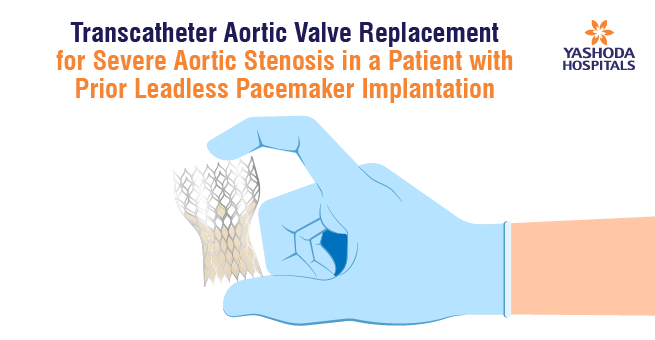
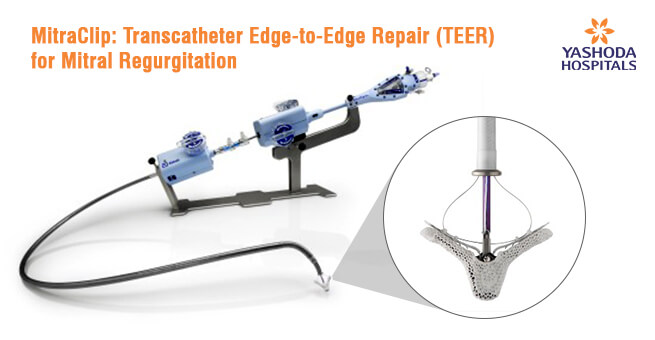
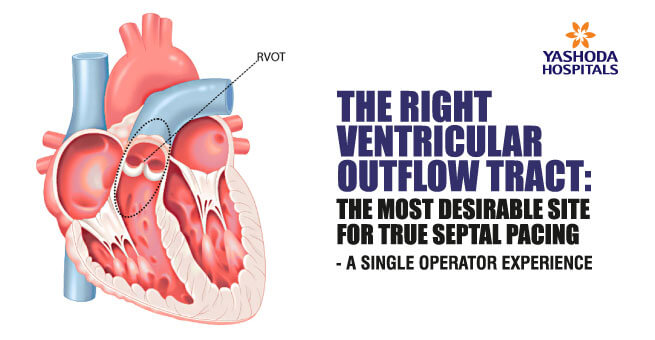
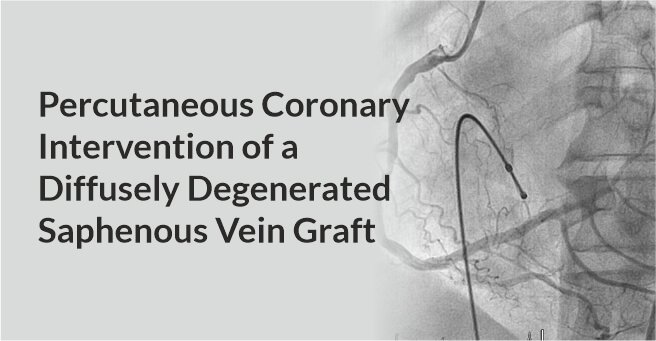



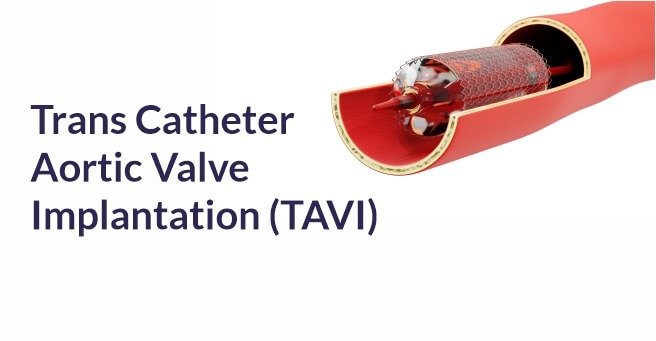
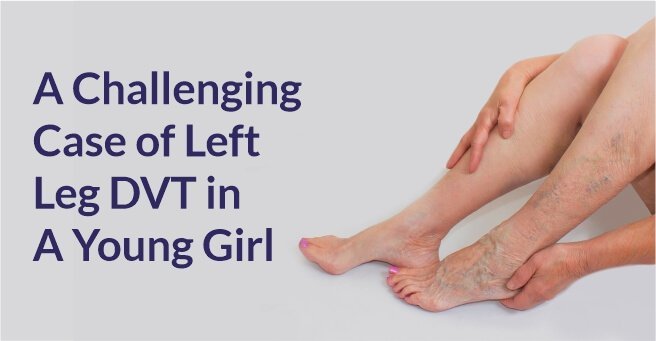

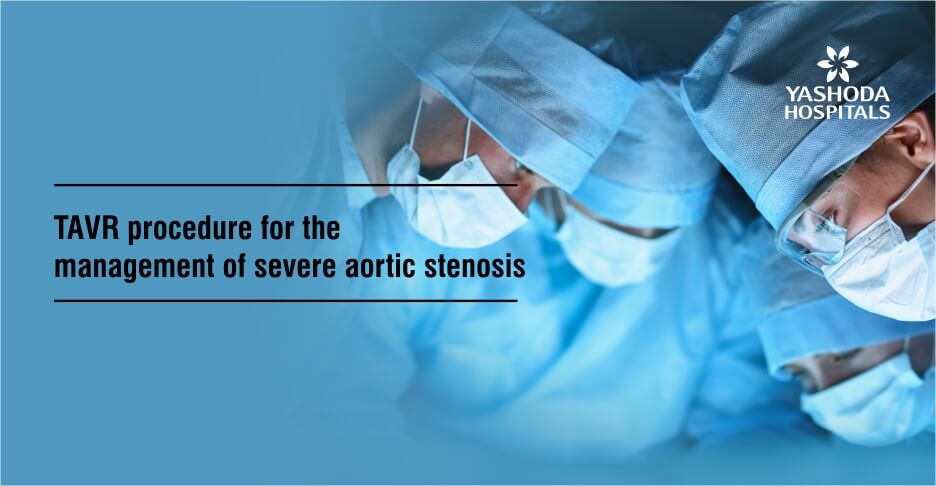



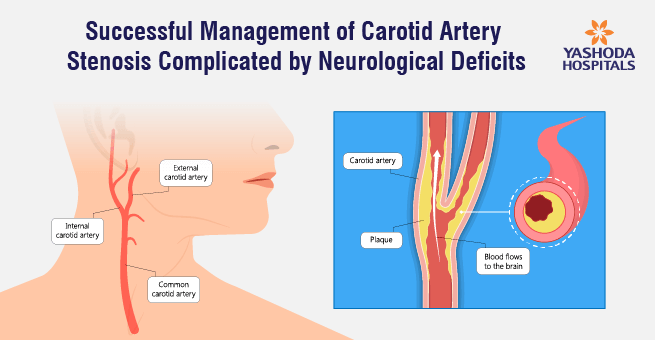

 Appointment
Appointment WhatsApp
WhatsApp Call
Call More
More